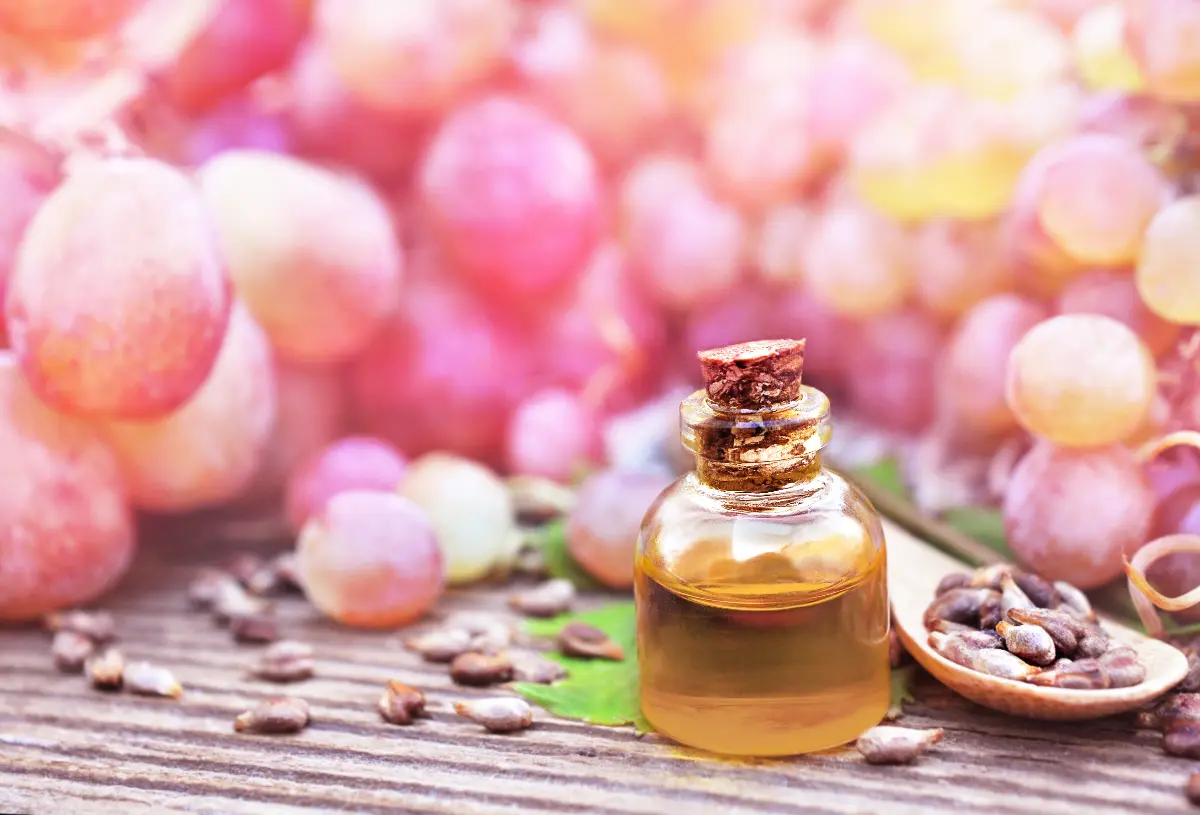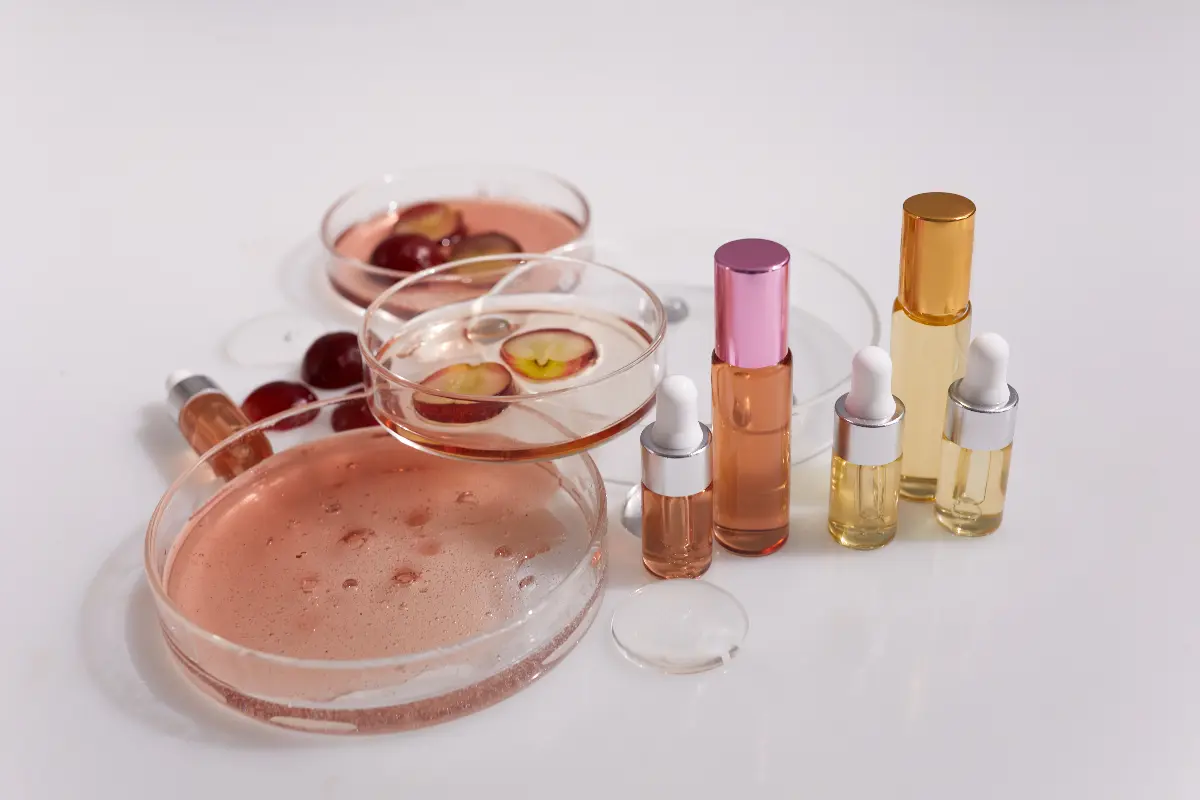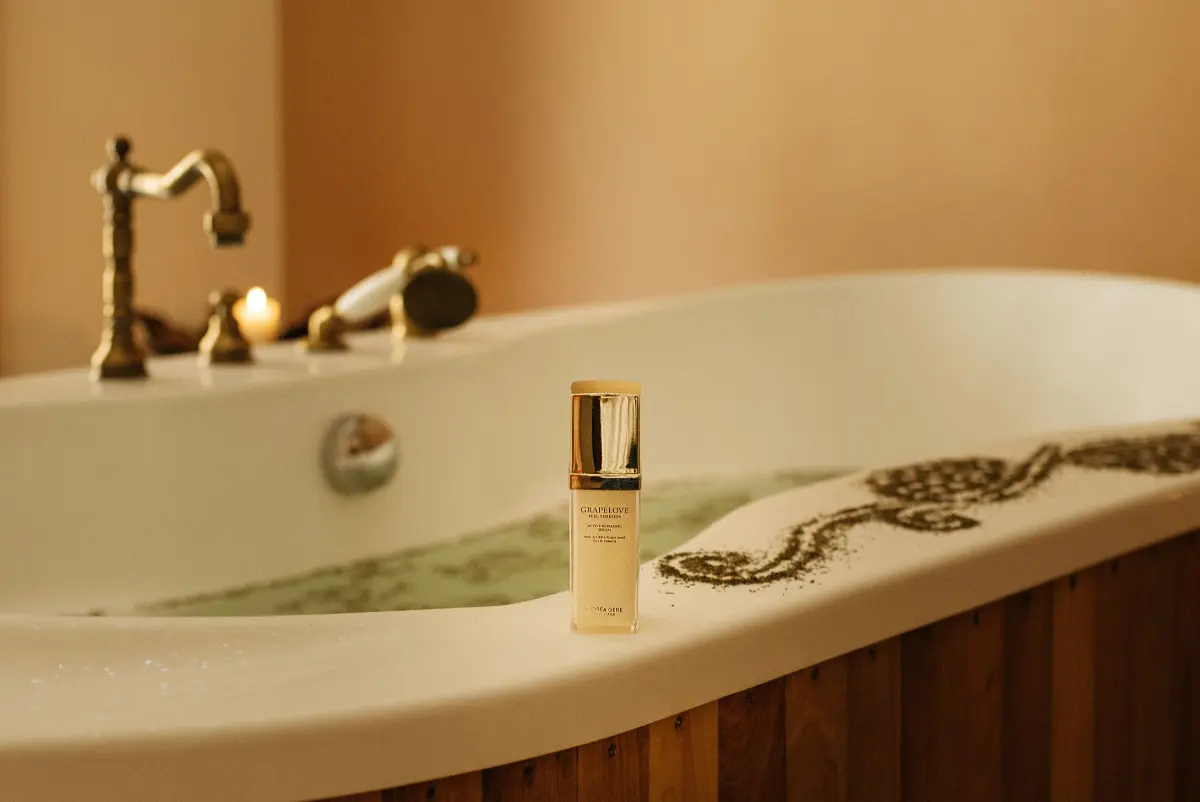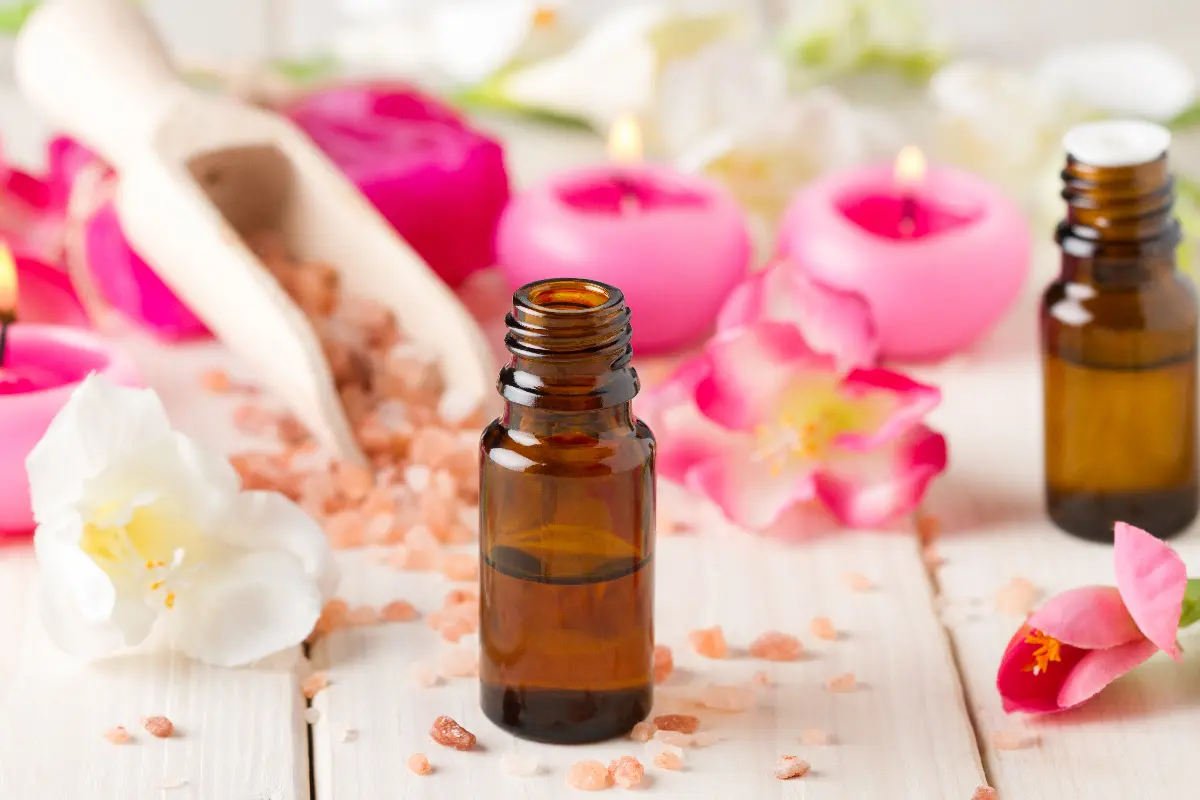
Helyszín címkék:
Villány is now home not only to quality wine but also to vinotherapy
Mészégető Marcsi
Vinotherapy is not new, but in recent years it seems to have started a kind of rediscovery and reinterpretation of it. How did this happen at Gere Winery?
Gere Andrea: Vinotherapy has been present in the life of the winery hotel from the very beginning. The treatments available in our wellness area were based automatically on grapes and wine. Firstly, we didn't use our own products, but in 2010 we had the idea to use the grape seeds left over as a by-product of winemaking. One of the reasons was that we knew that the raw material was of high quality, and we wanted to use it somehow, to create value. More and more scientific publications have been published on the positive physiological effects of grape seeds. We pressed the grape seeds first and the dry matter left over from the seeds was used to make ground seed. This was the beginning of a long development process, during which we created our own technological background, and three years of innovative collaboration with a Swiss company resulted in the creation of the Andrea Gere Skin Care brand and a range of five products.
In the last decade and a half, it seems essential that tradition and innovation go hand in hand with vinotherapy.
G. A.: It is a fact that we followed the traditional principles in the beginning. We didn't have our products, but these treatments were very successful, which is no coincidence: grape seeds are high in antioxidants, soften the skin and are rich in vitamin E, they delay the first visible signs of ageing. Innovation started to play a role when we brought in the Swiss company, the fusion of their knowledge and our premium raw material created a range of products that amplify the positive effects of grapes with 21st-century solutions.

You emphasize, and other areas of gastronomy are also experiencing a change in attitude, that it is very important where the ingredients come from that end up on the plate, and in some cases on the skin. Is this equally important for grapes and grape seeds?
G. A.: Grapes are grown for eating differ from those grown for wine. In the latter case, particularly the growing area plays an important role, as the mineral content of the soil composition is reflected in the grapes, grape seeds and, of course, the wine. The Villány wine region lies on a limestone base, which is very rich in minerals. Of course, there is a difference between a vineyard and a vineyard within a region. From the point of view of quality, matters how many clusters grow on a grapevine. The grapevine will be under stress if too many, for example, 10-12 bunches, are to be aged. However, if only 5-6 bunches are left on the grapevine, they will easily ripen. In addition, the nutrients it absorbs from the soil are distributed in those few clusters, so it makes sense that the grapes and seeds will have a much higher nutrient content.

It's important to remember that when we talk about grapes in wine therapy, we always think of red grapes, as they have a higher antioxidant content than white grapes.

Organic wine is one of the biggest gastronomic trends of recent years, you are also certified organic, how does this influence the raw material used in vinotherapy?
G. A.: Since 2010, the entire area has been farmed organically, and the 2014 harvest was the first time that we officially had an organic harvest. We have found that the nutrients are much better absorbed from the soil if the soil is clean, so the benefits are stronger. Sustainable production comes first: the vineyard should not be exploited so that we can make the most of its value. Going back to the ingredients used in vinotherapy, there are many grape-based products on the shelves, but it is important how the grapes were grown, or what the land is like, and how it was processed.
What exactly does a vinotherapy treatment look like?
G.A.: Vinotherapy is an umbrella term for treatments that harness the benefits of wine and grape parts for your health and beauty. Vinotherapy treatments include, for example, a wine bath, where a jug of wine is poured into a bath of essential oil-enriched water. The active ingredients are well absorbed through the skin and the effect is very nice. But it also includes various massages using grape seed oil or even grounded grape seed, the latter if you choose for a body scrub treatment. And in the cosmetic treatments, we use my products, which contain red grape stem cells, brown algae extract, vitamin B5, vitamin E and other rich ingredients. It's important to remember that when we talk about grapes in wine therapy, we always think of red grapes, as they have a higher antioxidant content than white grapes. But we also use more varieties: cabernet sauvignon, merlot and cabernet franc are perfectly suited to the purpose.






